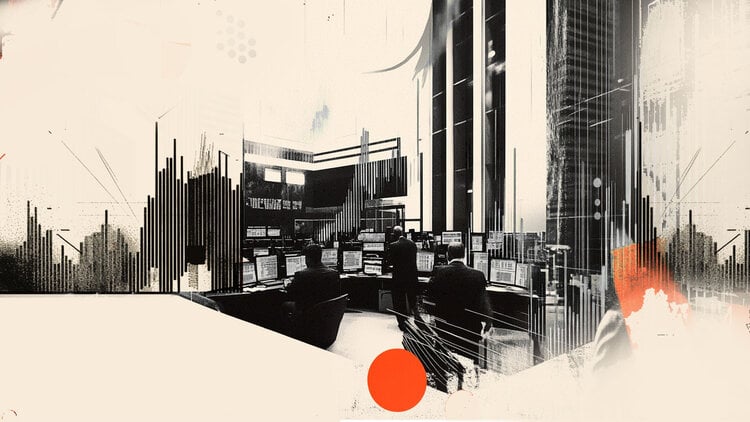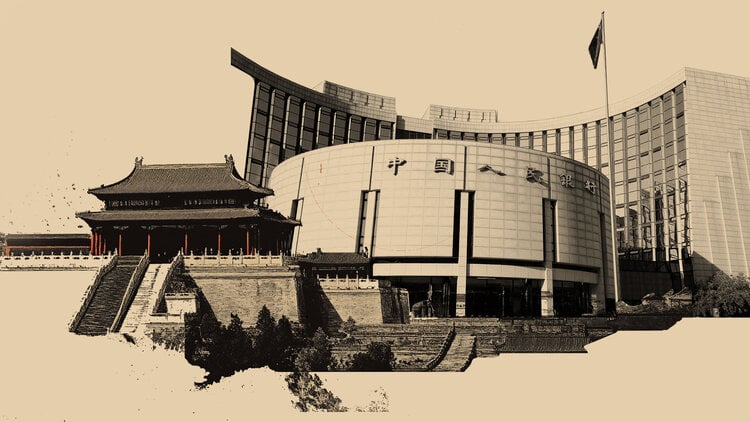Standing 58 meters tall — slightly taller than the Leaning Tower of Pisa, but considerably heavier — the St. Pauli bunker in Hamburg, Germany, has dominated the city’s skyline for just over 80 years.
Built using forced labor during Adolf Hitler’s Nazi regime, it’s a relic from the darkest period in Germany’s history – but this concrete block has had a surprising rebirth.
The relaunched “Hamburg Bunker” now features two restaurants, a five-story Hard Rock Hotel and a newly constructed rooftop bar and pyramid-shaped garden, where greenery flows lavishly over the concrete façade.
REVERB by Hard Rock is a fitting addition to a city with an impressive musical history – after all, this is where The Beatles began their career in the early 1960s.
The Karoviertel neighborhood, where the fortress-like bunker is located, is a hip enclave filled with stylish cafes and vintage shops, as well as the Knust nightclub, housed in a converted slaughterhouse.
The amenities
Rates at the 134-room REVERB range from 180 euros ($1,080) for a classic room, with amenities including a 55-inch flat-screen TV and in-room Alexa, to 269 euros ($2,614) for a suite with panoramic city views.
The hotel also has the kind of modern touches you’d expect from any self-respecting modern hotel, such as self-check-in, smart technology and co-working spaces.
However, you don’t have to be a hotel guest to enjoy the bunker’s amenities. On the ground floor, there’s the Constant Grind café and bar, and a Rock Shop for those looking for Hard Rock merchandise.
The Karo & Paul bar-restaurant by German TV chef Frank Rosin opened as a bar in April 2024 and occupies the first three floors of the building. The restaurant area is still to be opened soon.
La Sala restaurant – “living room” in Spanish – is open for business on the fifth floor, offering elevated views and an international menu.
Finally, at the top, there is the Green Beanie Garden, with a bar and walkway that surrounds the building, which is accessible to the public free of charge.

The challenge
The Hamburg bunker was one of eight flak towers — above-ground anti-aircraft bunkers that also functioned as air raid shelters — that Germany built after British air raids on Berlin in 1940.
The history of the Hamburg Bunker is heavy, but a 76,000-ton concrete behemoth with 2.5-meter-thick walls cannot be easily demolished or ignored.
The only anti-aircraft tower that was completely destroyed is the one at Berlin Zoo, as the others are in densely populated areas where the explosives involved would have posed a very high risk, AFP reports.
“The idea of increasing the height of the building with vegetation was to add something peaceful and positive to this huge block left over from the Nazi dictatorship,” Anita Engels, from the Hilldegarden neighborhood association that supported the project, told AFP.
The association helped this new chapter in the history of the Hamburg anti-aircraft tower by collecting testimonies from people who lived in the bunker during the war, as well as records from hundreds of forced laborers who built it.
An exhibition on the first floor now tells the full story of the building.
Source: CNN Brasil
Bruce Belcher is a seasoned author with over 5 years of experience in world news. He writes for online news websites and provides in-depth analysis on the world stock market. Bruce is known for his insightful perspectives and commitment to keeping the public informed.







